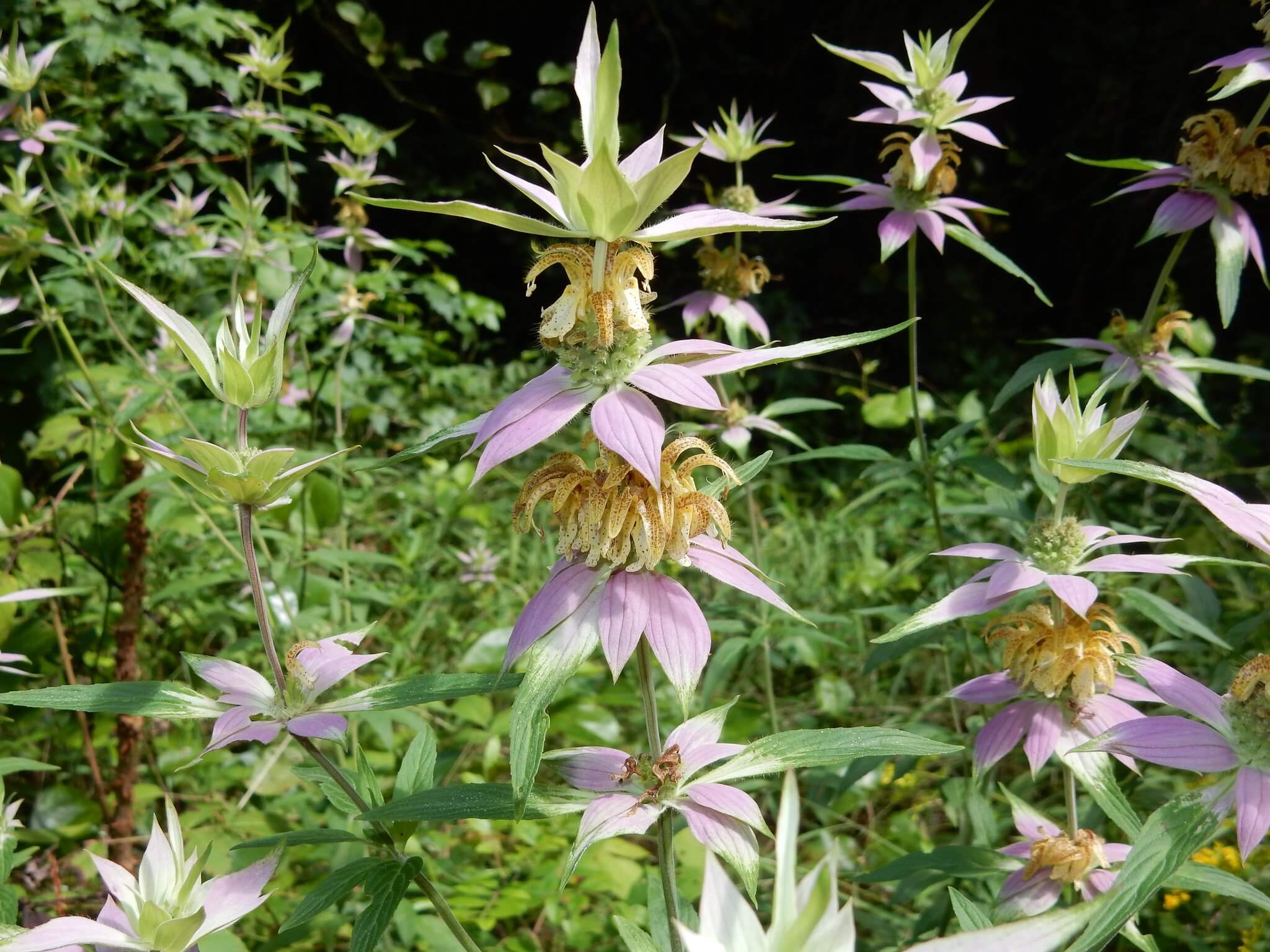Life Cycle: Perennial
Sun Exposure: Full, Partial
Soil Moisture: Medium-dry, Dry
Height: 2 feet
Plant Spacing: 1 foot
Bloom Time: July - September
Bloom Color: Purple
Advantages: Pollinator Favorite, Bird Favorite, Deer Resistant, Great Landscape plant
Host Plant: 13 species of butterflies and moths use this as a caterpillar host plant in our area (nwf.org)
Specialist Bee: Black Sweat Bee Dufourea monardae, Perdita gerhandi, and Protandrena abdominalis(Holm, 2017, p 172) (Johnson and Colla, 2023)
Resource: Holm, Heather. Bees: An Identification and Native Plant Forage Guide. Pollination Press LLC, 2017
Resource: Johnson, Lorraine, and Sheila Colla. A Northern Gardener’s Guide to Native Plants and Pollinators: Creating Habitat in the Northeast, Great Lakes, and Upper Midwest. Island Press, 2023







